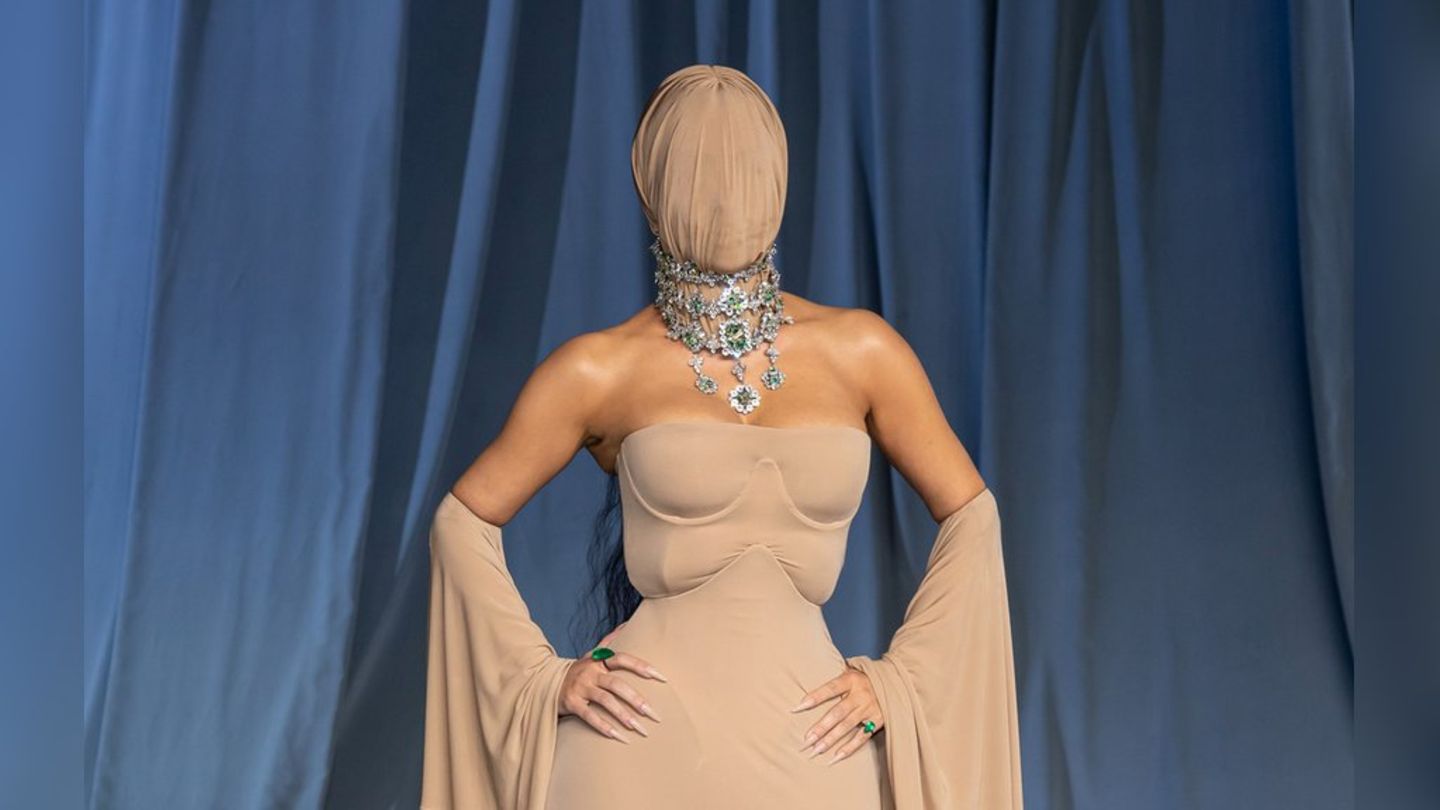The prominent artist has just inaugurated his exhibition “Pomposo” on the Paseo de las Artes Duhau, whose title, which does not hide the irony, alludes among other things to the large size of his new works, figurations and abstractions.
Among the meanings of “Pomposo”, title of Richard Sturgeon’s current exhibition, they are ostentatious, bombastic, exaggerated, bombastic, bombastic. If it’s because of the size, anyone will fit. Are around 25 large works in which his gestures can be appreciated. Expansive work, it needs that space for the coming and going of its brushstrokes, subtle figurations will be found alongside its abstractions, some oriental touch for an unclassifiable work. He already pointed it out once: “I escape classifications.” Why is it unclassifiable?
The content you want to access is exclusive to subscribers.
As his friend Federico Peralta Ramos said, Richard is “ganic”, that is, he does whatever he wants.. It escapes the Deleuzian cliché theory, and as the French philosopher (Paris, 1925-1995) expressed it in “The concept of diagram”, “painting is not painting forms but forces. The pictorial fact occurs when the form is put in relation to a force.”

There is no narrative in Sturgeon’s work. What you will find is your fidelity to not give in to pictorial or technological fashions, his thing is oil and brush. He still does not adhere to any trend, he went through figuration, surrealism, abstraction and did not stay in any style. His brushstroke is impulsive, disorderly, it is the viewer who will organize the fragments with his encompassing gaze.
Born in 1952, he studied with Aníbal Carreño, with Carlos Gorriarena and at the American Academy of Art in Paris, he won in 1988 and in 1993 the First Mention at the Fortabat Biennial, the First Prize for Painting at the 101 National Salon in 2012 and the Grand Prize of Honor from the same Hall in 2014.
His influences were the Italian transavant-garde, German artists such as Georg Baselitz, Anselm Kiefer; He pays homage to Matisse, Cézanne, Dubuffet and of course much further back, Turner. In 2015, on the occasion of the book about his work with texts by María Paula Zacharias and Natalia March published by the Vital Foundation, which had already released books about Ernesto Pesce, Mariana Schapiro, Jorge González Perrin and Jorge Pietra, among others, we dedicated a note to the artist in this column in which we mention various moments of his creative activity, from his daring, transgressive drawings, his concentration on matter and color in the 90s, the intensification of color, and his fidelity to himself and to continue painting
What Richard Sturgeon does has a lot to do with the statement of Joseph Kosuth, a conceptual artist, a great expert on philosophy, who stated that “The only task for an artist was to investigate the nature of art itself”. Sturgeon has freed himself from the burden of history so he can make art in any sense he wants, with or without some purpose. Hence the freedom with which he approaches his pictorial task.
(Closing on March 10. Paseo de las Artes Duhau. Avenida Alvear 1661)
Source: Ambito
I am an author and journalist who has worked in the entertainment industry for over a decade. I currently work as a news editor at a major news website, and my focus is on covering the latest trends in entertainment. I also write occasional pieces for other outlets, and have authored two books about the entertainment industry.




